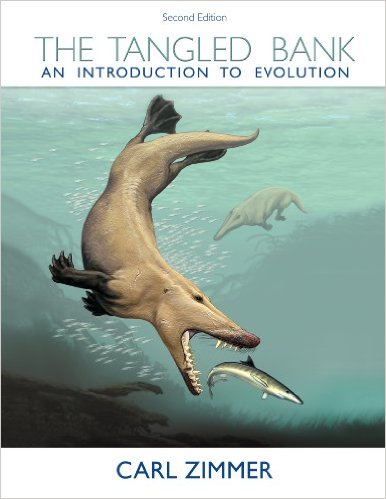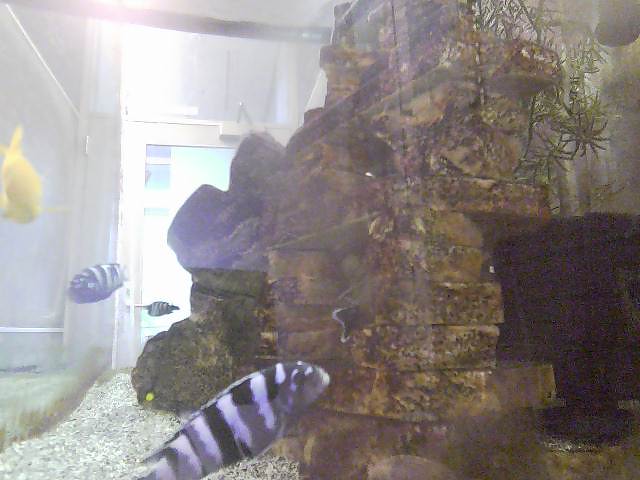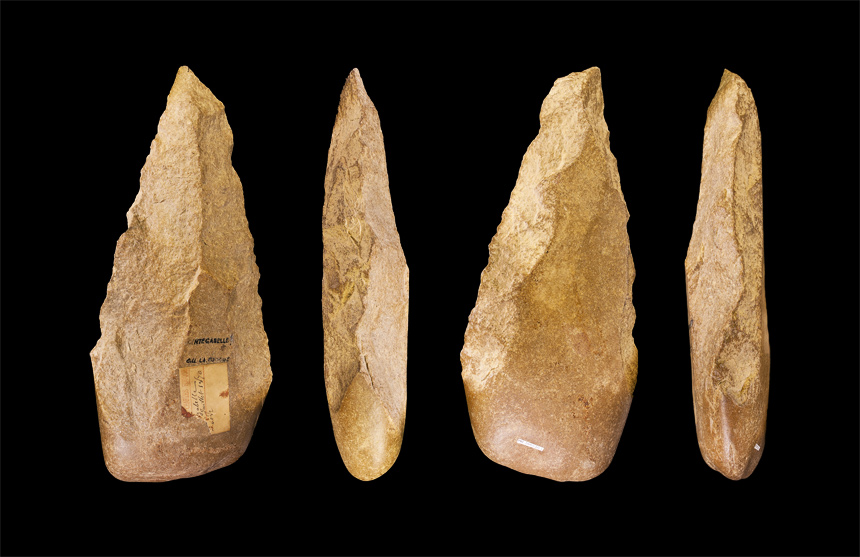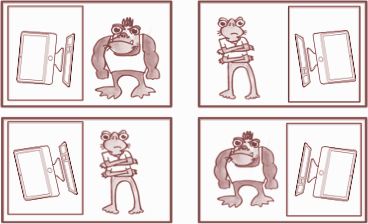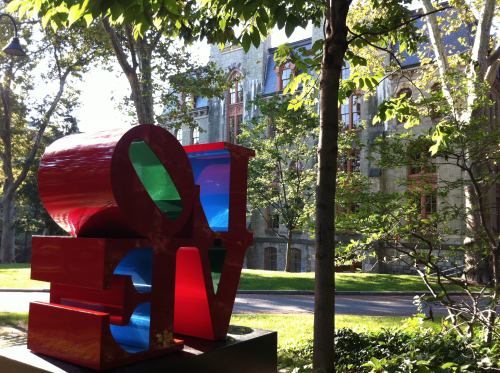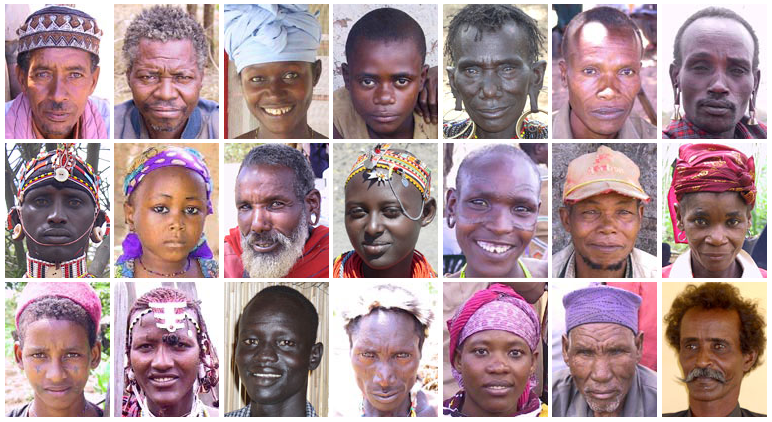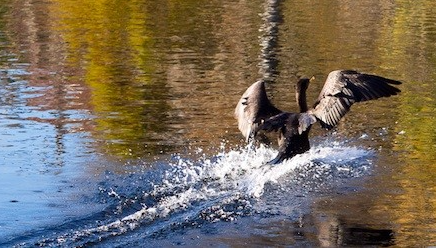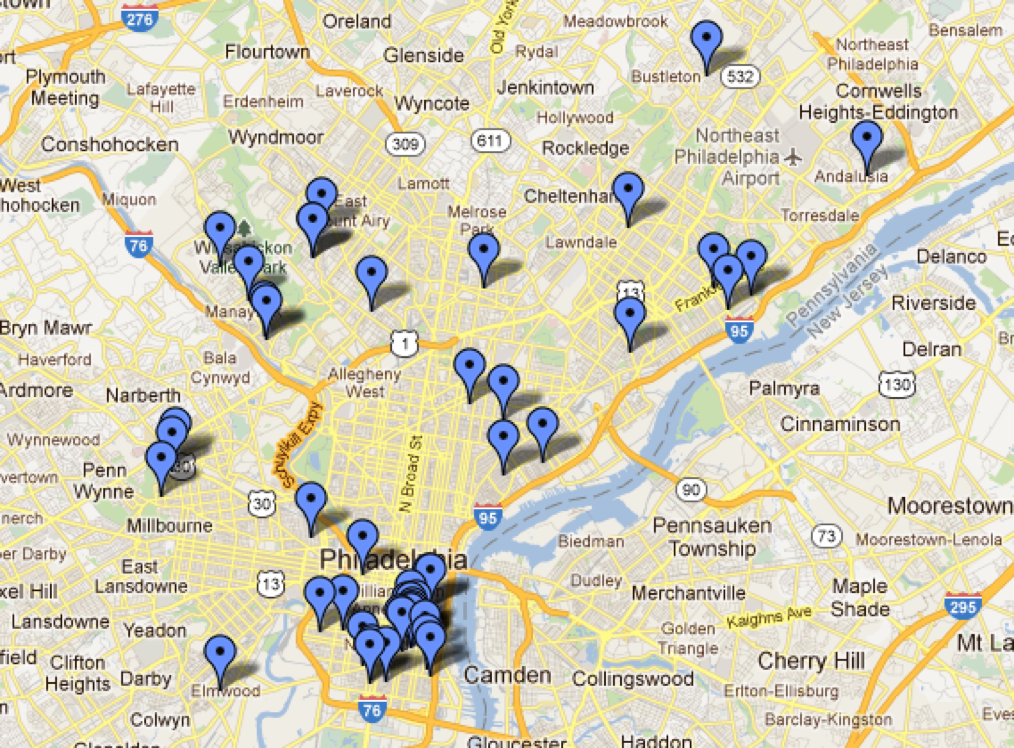What is Language Evolution?
Language evolution is the application of evolutionary theory to the study of language.
We tend to think of evolution as being mainly a process that affects biological populations, so it's worth starting with a definition of that.
Biological evolution is standardly defined as change in allele frequencies in populations over time. This change can occur as a result of selection – if members of a population with certain alleles get eaten by predators more often, for example, those alleles will become rarer – but this is not the whole story. Random variation in the frequencies of alleles that get transmitted between generations can also lead, ultimately, to big changes. This is known as drift.
But biological evolution isn't the only kind of evolutionary process. Even if the only question you care about in language evolution is the (huge and very important) question of how we got from being non-linguistic chimp-like things to being slightly-less-chimp-like things with languages, then you still need to take two evolutionary processes into account. The first is biological evolution; the second is cultural evolution.
If biological evolution is change in the frequency of genetic variants in a population over time, then cultural evolution is change in the frequency of cultural variants. By culture we mean traits that are socially, rather than genetically, transmitted. Natural hair color is genetic in origin; dyed hair is cultural. The dividing line is not always quite so clear cut as this – biology and culture interact and co-evolve in fascinating ways. Gait, for instance, is – like language – a complex product of culture and biogical constraints. Lactose tolerance is a well known case of interaction between biological evolution and cultural evolution in food practices and animal husbandry. (In fact, the spread of pastoralism, and other non-linguistic cultural practices, can play an important role in the spread of languages.) So just as biological evolution shapes us to fit our environment, cultural evolution shapes languages to fit us. And, as with biological evolution, both drift and selection play important roles.
Why does the cultural evolution of language matter? There are two reasons. The first is that understanding the biological evolution of the human language capacity may not be enough to understand how we got from there (non-linguistic chimps) to here (humans with thousands of complex languages); there is a growing field of work suggesting that the gap between modern human brains and modern human languages needs to be bridged by culture. Understanding this better is about better understanding what it means to be human. The second reason is that language evolution is happening now, all around us. Penn has long been leading the way in investigating this process; understanding it better helps us better understand how our world works.
